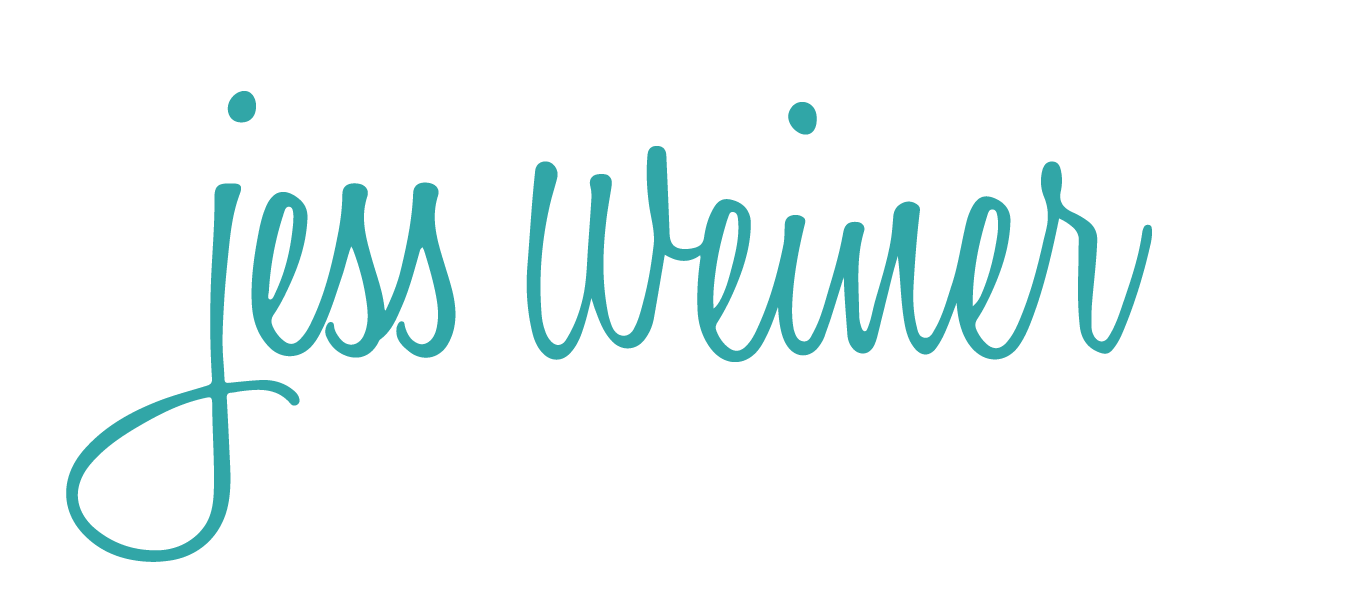
Before I get into my list, I want to say that my ENTIRE social media community is worthy of a loving shoutout (and a zillion fist-bump emojis!). The daily messages we create and share about empowerment, equality and inclusion would be nothing without an awesome community to exchange with.
In honor of Women’s History Month, I wanted to share 13 of my favorite Instagram accounts owned and operated by women. These women create inspirational, educational, and empowering content that I could spend hours scrolling through (and do). If you don’t already know them, check them out and give them a follow.
- In the Insta-world of fitness models, we tend to see little size diversity. Enter @louisegreen_bigfitgirl who uses her platform to represent and showcase fit bodies of all sizes. She’s also got a great new book coming out that I (ahem, ahem) wrote the foreword for. No big deal. Get it now!!
- @usowomen…Obviously! The work that the United State of Women do everyday is shaping the culture that our next generation of girls will experience. The work we’ve done together (hello 2016 summit anyone??) will always be one of my most valued experiences. They have their work cut out for them in 2017, but look to them on great, tangible ways to join the #Resistance!
- This is my OG girl crush for all things empowerment: @amypoehlersmartgirls. Without a doubt, one of the best pages to turn to for global girl power and smart, cutting-edge leadership. Special squeezes to @puzzlesmom who leads this awesome parade!
- @euniquejg is my new girl crush. She’s the real deal, full of heart and fire, and has created a vital account with @becauseofthem. They had a beautiful Black History Month campaign (you can still go check it out) and their content is important to share with everyone (especially your kids!).
- @Amani speaks truth and power and her her Insta-platform for @muslimgirl is no different. She’s created the most popular digital platform for Muslim women and they have phenomenally talented writers who pen their perspectives on current news and experiences; a definite must-share for everyone!
- @laflowers has created the most incredible Latina blogger community of almost 20k strong over at @weallgrowlatina. You can count on them for funny, poignant, and powerful content – te adoro!
- My senator @kamalaharris has one of the best political Instagram accounts I’ve seen. Even after her campaign, she continues to be a trailblazer for change through the informative content she shares everyday. 2020 anyone?
- The girl crushes continue with @senduckworth. She frequently posts updates on what’s happening in government and is such a superstar bad ass that you will wish that a zillion more Tammy Duckworth’s were in government. (Psst… see #9 for help with this!)
- Since the election, over 6,000 women have enrolled in an incubator program to help them run for office. And who’s behind this incredible program? One of my favorite organizations @sheshouldrun. If you have ever thought about running for office or know someone who should, definitely check them out!
- Another one of my favorite nonprofits out there is @shesthefirst. They are literally changing the game for girls (and therefore the world) with their vision to help women around the globe become the 1st in their families to receive education.






























 On Monday night, we kicked off this incredible event with my partners at
On Monday night, we kicked off this incredible event with my partners at 









